Music Helps Students Focus More Clearly On Tasks
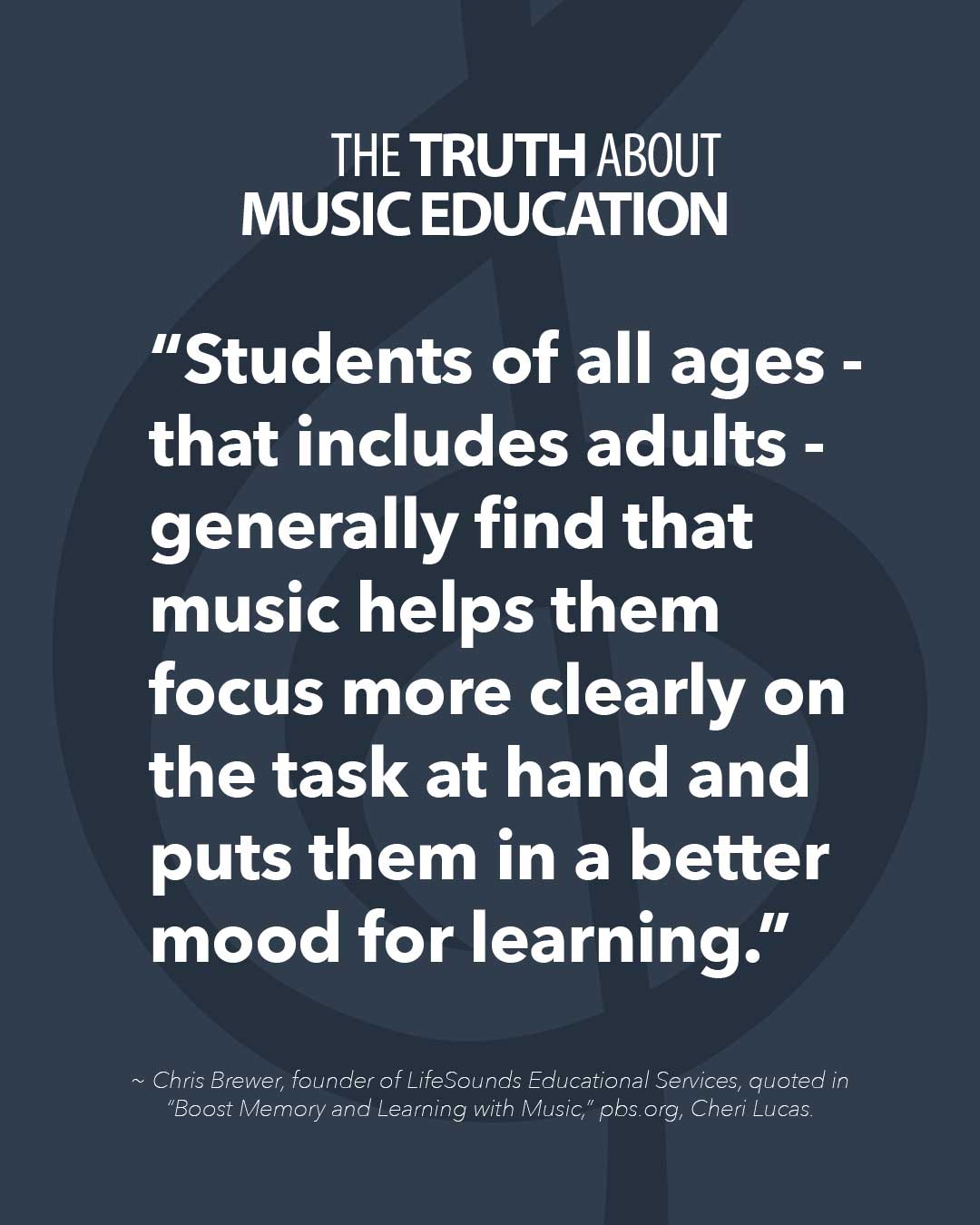
“Students of all ages – that includes adults – generally find that music helps them focus more clearly on the task at hand and puts them in a better mood for learning.”

“Students of all ages – that includes adults – generally find that music helps them focus more clearly on the task at hand and puts them in a better mood for learning.”
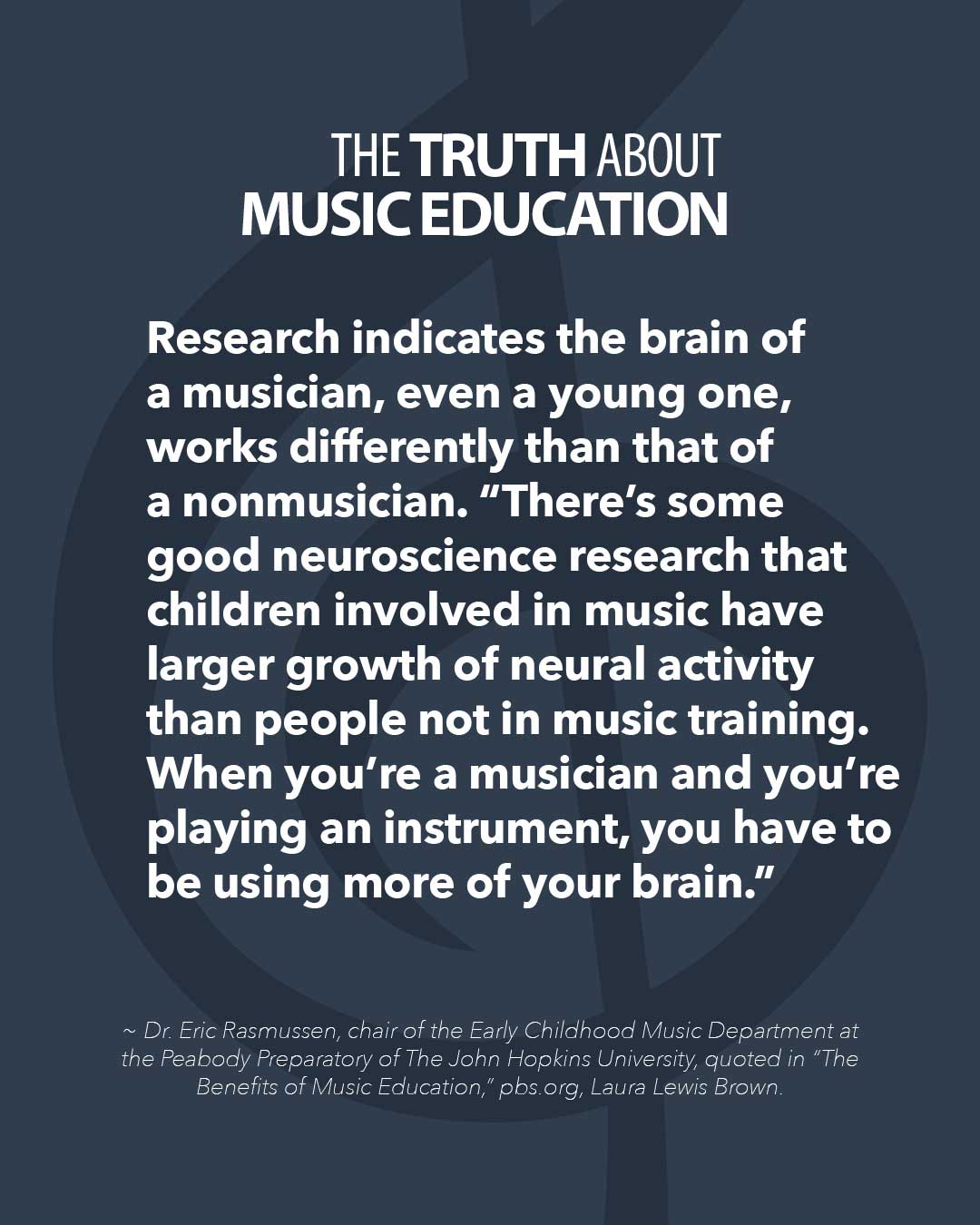
Research indicates the brain of a musician, even a young one, works differently than that of a nonmusician. “There’s some good neuroscience research that children involved in music have larger growth of neural activity than people not in music training. When you’re a musician and you’re playing an instrument, you have to be using more of your brain.”
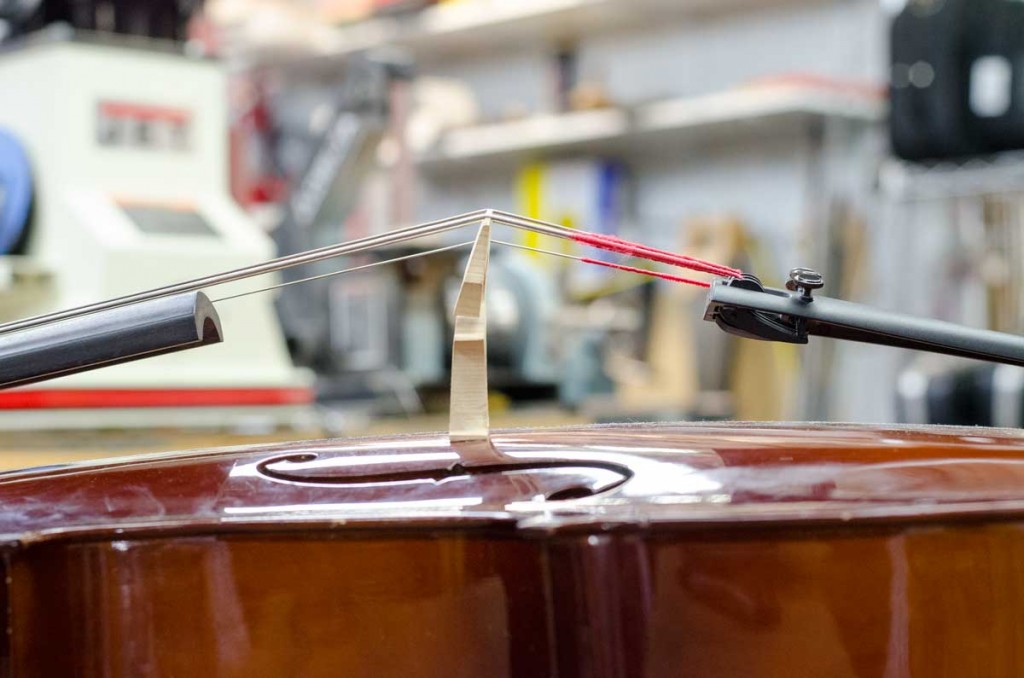
Your bridge is an important component on your stringed instrument. It is critically important to the sound, and playability. It is a beautiful thing when it is right and an obstacle when it is not. A warped bridge is not correct. Even a slight warp will cause intonation problems. The front of the bridge gives the impression of a lean toward the tailpiece. It is shaped this way to give it the correct thickness, weight and to add to the beauty of the instrument. The back of the bridge should be perpendicular to the top of the instrument.
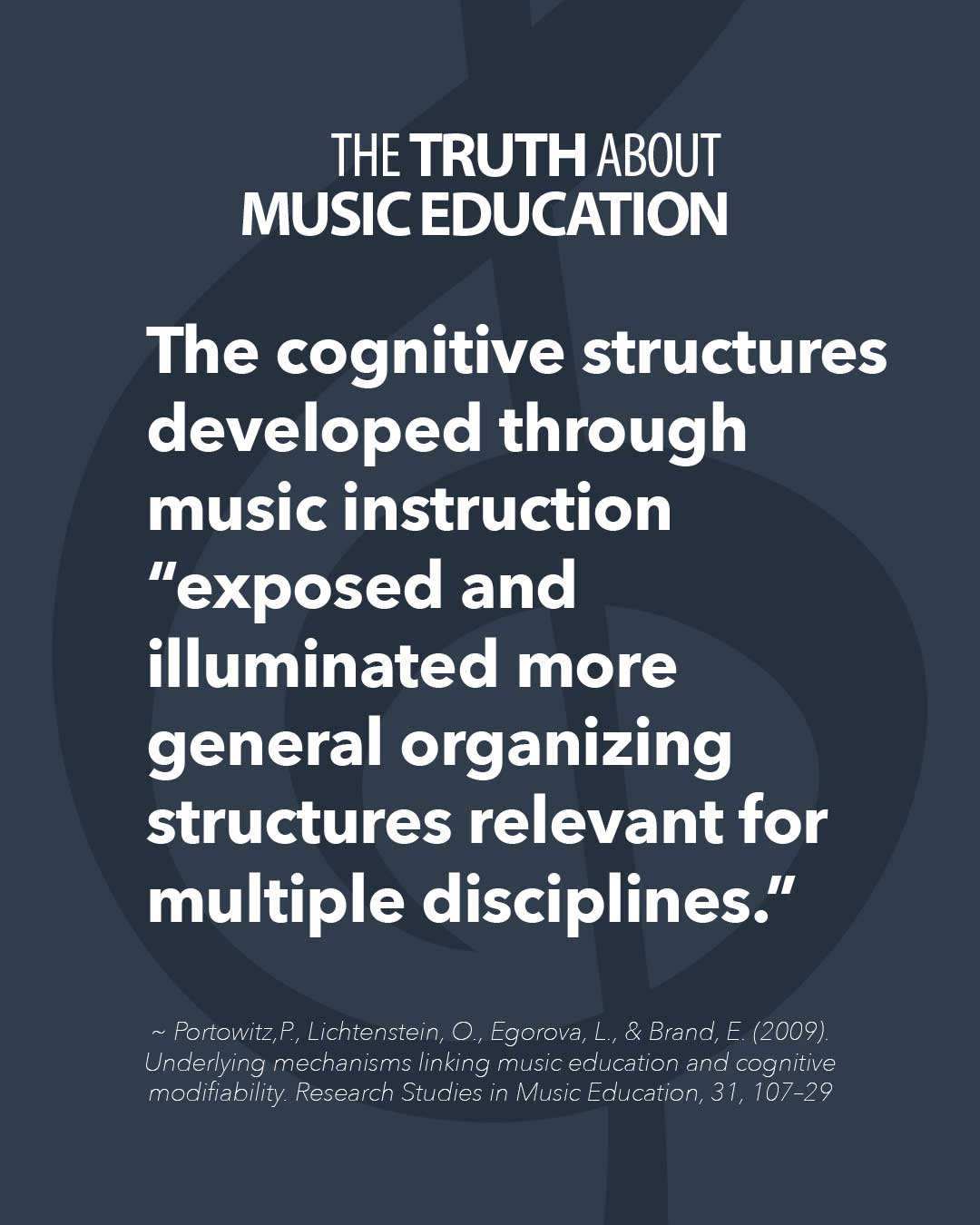
The cognitive structures developed through music instruction “exposed and illuminated more general organizing structures relevant for multiple disciplines.”
During the summer of 2018 we visited the Symphonic Youth Orchestra to interview some of their students. We were curious to find out how music has influenced them throughout their school careers, as well as how it has prepared them for the future. Here’s our conversation with Elijah Gardner from Perry Meridian High School. Please take a few minutes to get to know him and what he plans to study in college!
A big thank you to Shawn Goodman and the rest of the staff at the Symphonic Youth Orchestra. To learn more about the SYO please visit their website at https://www.syogi.org.
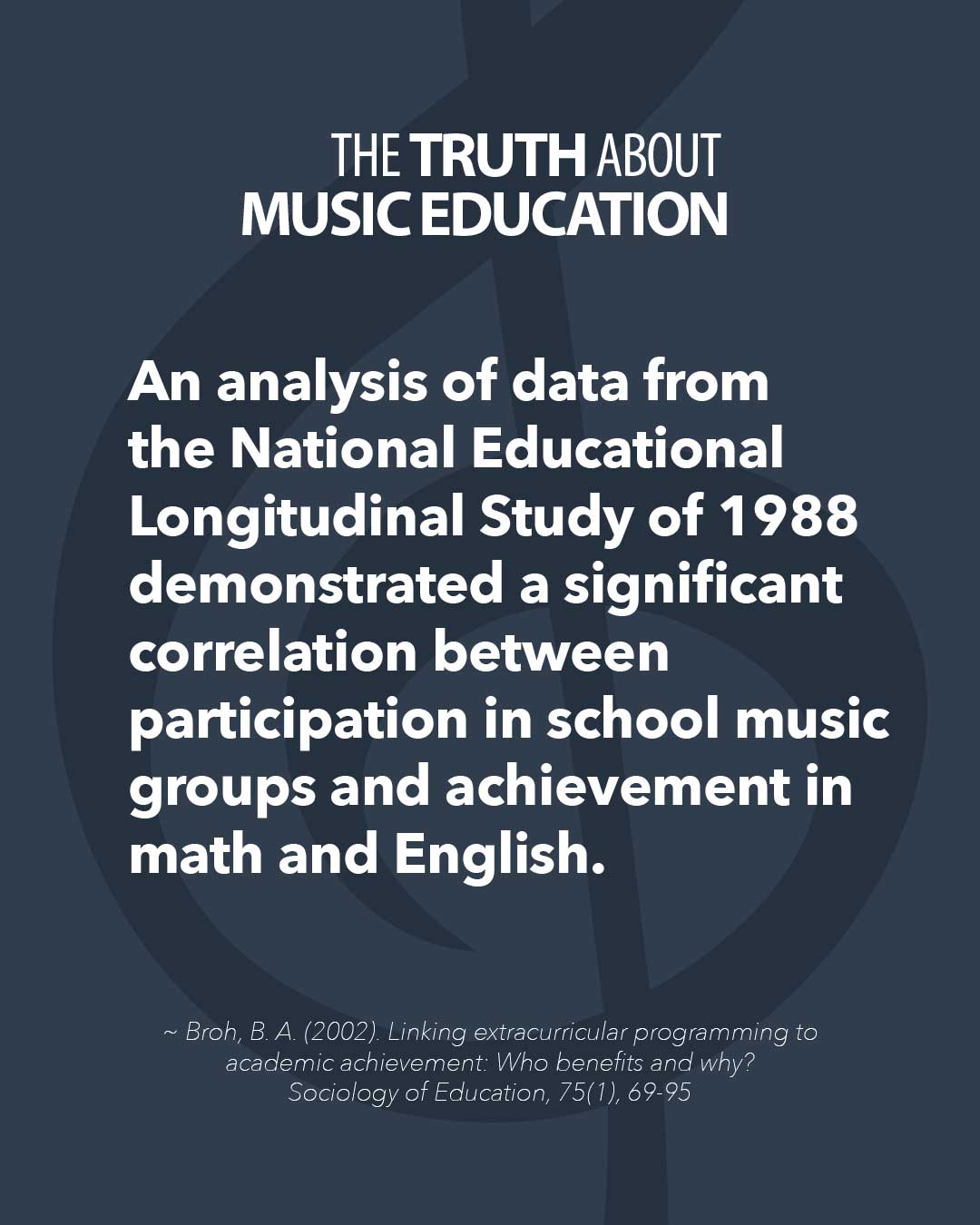
An analysis of data from the National Educational Longitudinal Study of 1988 demonstrated a significant correlation between participation in school music groups and achievement in math and English.
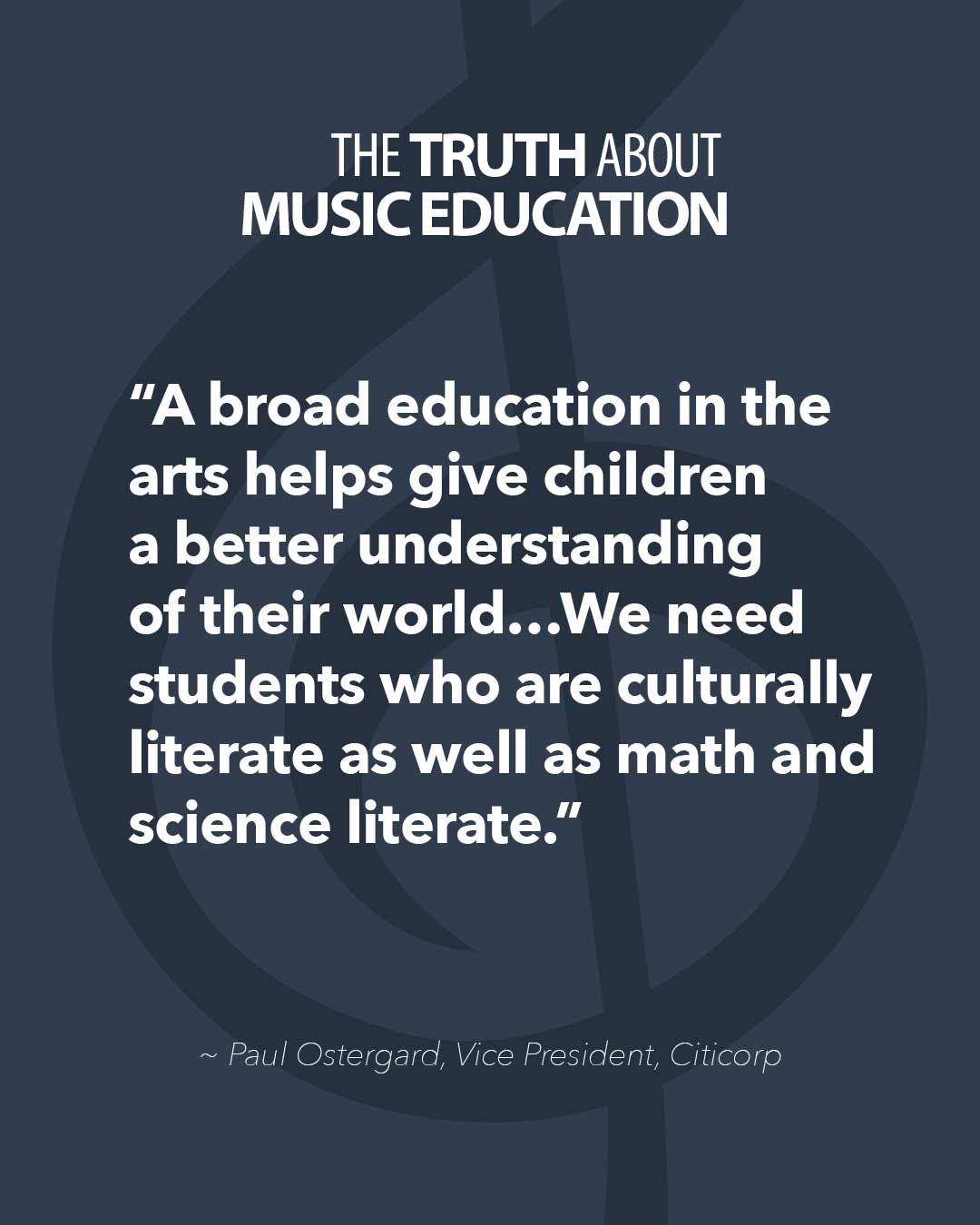
“A broad education in the arts helps give children a better understanding of their world…We need students who are culturally literate as well as math and science literate.”